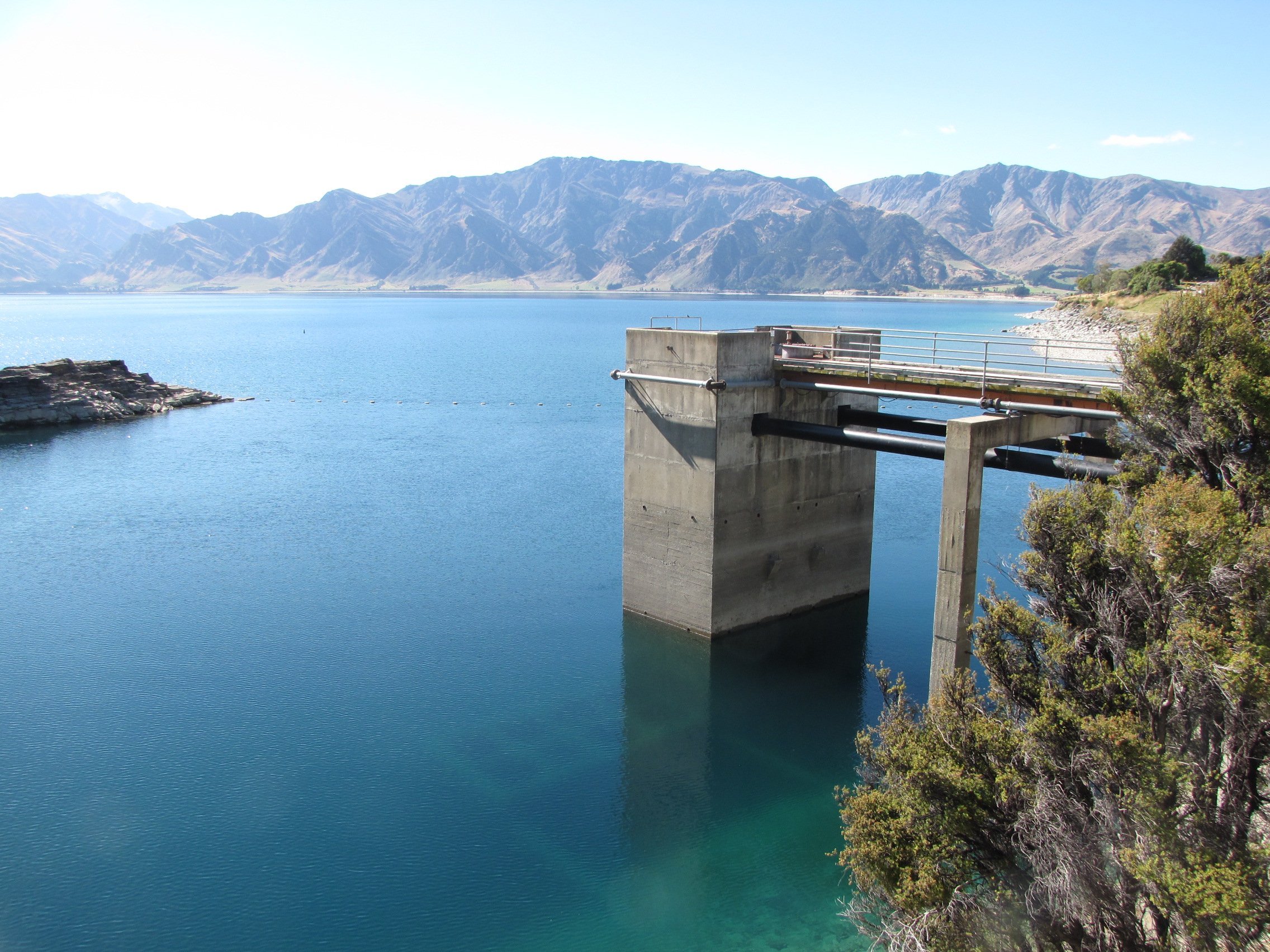Without intervention, demand for drinking water is set to exceed availability in the lakeside township Hawea within two years.
The Queenstown Lakes District Council (QLDC) is planning to install 900 smart meters in the town to address water-demand challenges caused by high population growth.
The meters would allow the council to measure consumption and charge for usage.
It would be funded from $24 million allocated to Hawea through the government’s Three Waters Infrastructure Acceleration Fund (IAF), administered by Kainga Ora.
However, news of the town’s water woes comes as no surprise to community leaders.
Hawea Community Association acting chairwoman Cherilyn Walthew said the issue was ‘‘bemusing’’.
The Ministry of Health had previously recommended a second drinking water reservoir be built for the township, something which had not eventuated, she said.
The association had raised the issue with the council on numerous occasions, including with the Three Waters subcommittee in March, but was informed it was ‘‘not a priority’’.
‘‘The answer we got was ‘it’s not a priority’ and ‘we don’t have a priority on that’ — even though it’s been since 2015.
‘‘We know it’s a problem, it’s been identified as a problem, but it’s not a priority,’’ Ms Walthew said.
‘‘If you have two years left of drinking water because of no more water, that should be a priority.’’
She understood the need to introduce smart meters and a user-pays approach, but it did not address the wider issue of a lack of council support for town infrastructure, she said.
‘‘Whether or not people are happy with [paying for water] is debatable, but it doesn’t detract from the fact the council have not prioritised a second reservoir.’’
She questioned the amount of rates and subdivision fees collected by the council from the Hawea area, and how much was invested back into the town.
‘‘The lack of water availability is actually because of the lack of urgency from the council, based on the resource consents it’s been issuing,’’ she said.
Council property and infrastructure general manager Tony Avery said statements about water supply being an issue within two years needed to be seen in the context of the whole tender document.
‘‘Clearly council will not let the township run out of water,’’ he said.
‘‘Lake Hawea does have one of the highest per capita demands for water in the district.
‘‘By taking steps now to lower this and mitigate the effects of overall demand, we will avoid issues in the future.’’
On an average day, demand on the town’s supply was more than four times the national standard — 1045 litres per connection compared with 250 litres/connection.
This rose to almost six times the national standard on a peak day (3421 litres compared with 600 litres).
‘‘Even if these levels of demand continue, the scheme will not simply run out of water.
‘‘It is likely residents may be subject to more frequent and/or longer water restrictions during peak times,’’ he said.
The council was also considering a small number of scheme-level options, he said.





